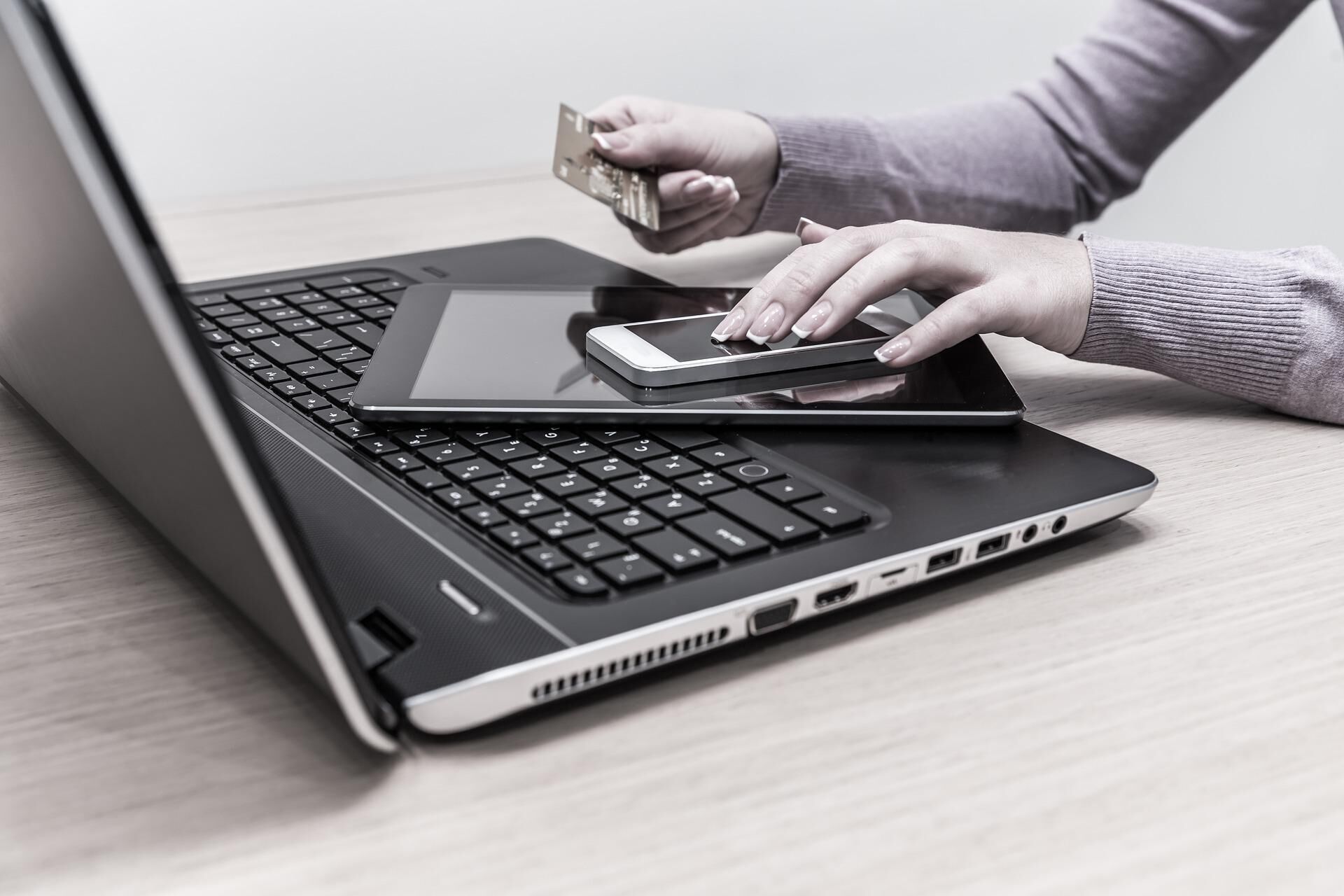An imperative alignment
The time is ripe when all individuals, regardless of age, make themselves attuned to new-age technological advancements and payment methods

One Time Password (OTP) and Quick Response (QR) Code have become part and parcel of one's life nowadays. It is a common phenomenon to get and use OTP — be it via smartphone or via email for any kind of service such as bank transaction, admission to educational institutions, new account opening with any organisation, etc. Even at working places – whether private office or Government establishments — OTP is frequently used. Similar is the concept of scanning QR codes to make any kind of payment. QR Code is a matrix barcode. In comparison to barcode which is a machine-readable optical label containing information about the item to which it is attached, QR Code has more data storage. As a result, not many customers carry big amounts of money with them in their wallet, like before the onset of these technologies, and hence, the pick-pockets and petty thieves are left with no option but to change their profession to chain snatching or mobile snatching.
Added to OTPs and QR Codes are the personalised passwords, and not to forget the captcha code which is more often not legible and one is forced to refresh to get a more readable format to prove that one is not a robot. Obviously, the senior lot in society feels little discomfort operating on such new systems that require fast and accurate feeding-in in a time-bound manner. Also, if wrong inputs are fed three times, the account itself gets locked — sometimes for one day and sometimes permanently, and one has to struggle by paying a physical visit to the concerned organisation or undergo the same drill to get the account reactivated.
This digital age has all the convenience in one's palm but one needs to be tech-savvy to reap the benefits, lest one might fool oneself if he is ignorant and even get entangled in big losses. There is no dearth of scammers. Till date, there are no tuition or coaching institutes to teach these newer aspects. The lessons are to be learnt practically, which one has to learn gradually. Nowadays, whether a person is literate or not, does not matter, but one should be able to handle smartphones, various applications (apps), social media and, of course, OTPs and QR codes.
By way of making almost all payments online now, there is hardly any need for exchange of small currency value. In fact, there are jokes circulating nowadays that even beggars have started to carry QR codes in order to get alms by way of Paytm, and the alms-giver needs not look for changes to help him! Jokes apart, there are some occasions when the need for small currency notes is felt to make some payment on door delivery, as there are still some vendors who are not that tech-savvy, and for them the need for small currency notes is felt. Also, the household expenditure has increased manifold than normal owing to the fact that when payments are made in digital mode, one does not feel the pain in expending money than is the case when one shells out real money from one's wallet, although it is one and the same expenditure-wise. Just pay as you go, just swipe the card or scan the QR codes and the amount of money one shells out increases than would have been the case of payment by way of cash. No doubt, by this convenient way of payment, life has become comparatively easy and comfortable. Even the age-old system of passbook entries or making physical copies of Fixed Deposits are a history now as everything has become digital and, within minutes, one is able to transfer money from one account to another even using one's mobile, with no difficulties whatsoever, provided one is tech-savvy. This is what is also being advocated by the banks and other financial organisations.
Owing to this digital age, nowadays, one does not find much rush in the banks like it used to be in yesteryear. Basically, we are already into the age of digital currency, although not like bitcoins but the basics are the same, viz., no physical usage of currency notes and money transferring from customer account to merchant account. Even the merchants purchase their goods and commodities using the same concept, that is, in a digital manner.
Now, a new phenomenon of 'tokenisation of credit and debit cards' has also kicked off, which refers to replacement of actual card details with an alternate code called 'token', as even the Reserve Bank of India (RBI) considers tokenisation safer as the actual card details are not shared with the merchant during any transaction. In September 2021, the RBI prohibited merchants from storing customer card details on their servers with effect from the beginning of this year. As an alternative, it mandated the adoption of Card-on-file (CoF) tokenisation. The system of token contains no personal information of the account holder which can be accessed and the token itself keeps changing. Token is a unique alternate code which is a combination of card, token requester and the device; the request for token is initiated on the app provided by the token requester who forwards the request to the card network and the card network issues a token. More so, the customer need not pay any charges for availing this service.
To avail the latest digital comforts, it is high time each and every being, regardless of age, becomes more and more tech savvy to use new modes of payment.
Views expressed are personal



